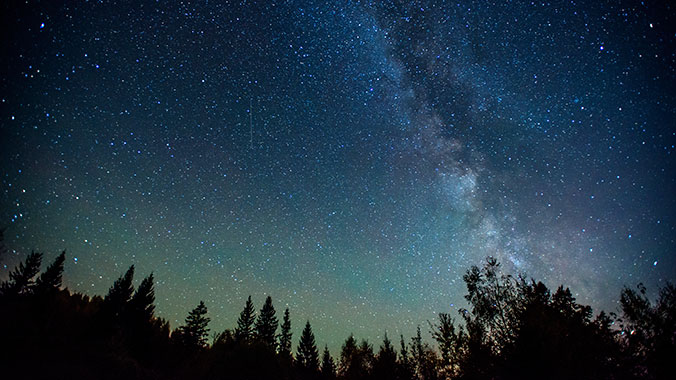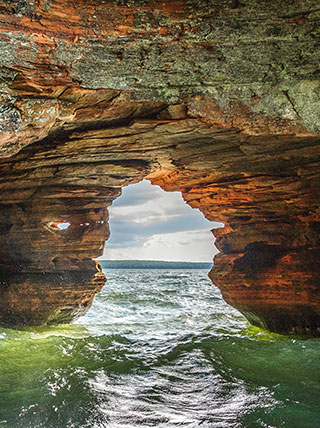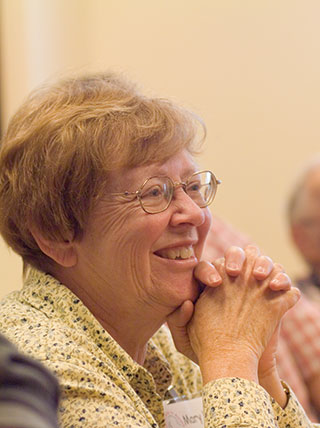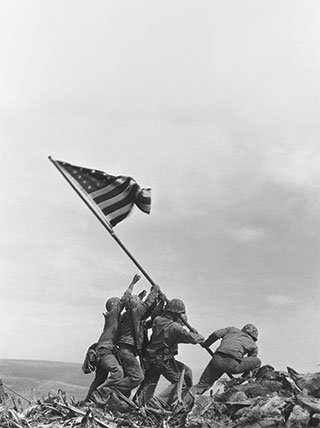The Martian: A Novel
by Andy Weir
Six days ago, astronaut Mark Watney became one of the first people to walk on Mars. Now, he’s sure he’ll be the first person to die there. After a dust storm nearly kills him and forces his crew to evacuate while thinking him dead, Mark finds himself stranded and completely alone with no way to even signal Earth that he’s alive—and even if he could get word out, his supplies would be gone long before a rescue could arrive. Chances are, though, he won’t have time to starve to death. The damaged machinery, unforgiving environment, or plain-old “human error” are much more likely to kill him first.
The Stargazer's Sister
by Carrie Brown
Based on the life of Caroline Herschel, sister of famed astronomer William Herschel, who discovered several comets but struggles to be seen as anything more than her brother's sister.
Constellations: The Story of Space Told Through the 88 Known Star Patterns in the Night Sky
by Govert Schilling
This lavishly adorned guide to all 88 constellations in the night sky, complete with an illustrated star map for each one by esteemed stellar cartographer Wil Tirion, provides the exact location of every constellation, the details of its structure, and data on its surrounding astronomical neighbors.
Award-winning astronomy writer Govert Schilling takes us on this splendid visual tour, offering a complete history of astronomy via the lens of the constellations themselves. Organized alphabetically by constellation, his stargazing companion profiles each shining formation and includes basic info including size, visibility, and number of stars, as well as information on the discovery and official naming of the constellations and associated legends surrounding them.
Our Universe: An Astronomer’s Guide
by Jo Dunkley
Dunkley takes her readers on a grand tour of space and time, from our nearest planetary neighbors to the edge of the observable Universe. The book follows a well-trodden path, starting with an overview of the history of astronomy and a description of our Solar System. Stellar evolution is next, followed by galaxies, clusters and the mystery of dark matter. The birth, evolution and future of the Universe are discussed in the final chapters. Explanations are always clear, metaphors are to the point and arguments easy to follow. If you feel like refreshing your background knowledge, or are looking for a present for your curious niece or nephew, this little gem certainly won’t disappoint.
A Brief History of Time
by Stephen Hawking
A landmark volume in science writing by one of the great minds of our time, Stephen Hawking’s book explores such profound questions as: How did the universe begin—and what made its start possible? Does time always flow forward? Is the universe unending—or are there boundaries? Are there other dimensions in space? What will happen when it all ends?
Told in language we all can understand, A Brief History of Time plunges into the exotic realms of black holes and quarks, of antimatter and “arrows of time,” of the big bang and a bigger God—where the possibilities are wondrous and unexpected. With exciting images and profound imagination, Stephen Hawking brings us closer to the ultimate secrets at the very heart of creation.
Space: 10 Things You Should Know
by By Dr. Becky Smethurst
This book is for anyone who wants to easily understand the mind-blowing fundamentals of our extraordinary, expanding universe.
Written by Oxford astrophysicist Dr Becky Smethurst and composed of ten captivating, simple essays, it guides you swiftly through the galaxies, explaining the mysteries of black holes, dark matter and what existed before the Big Bang, presenting the evidence as to whether we really are alone, illuminating what we still don't know, and much more besides.
If you have big questions about Space, this book will provide you with the answers in an engaging and succinct way.
The Backyard Astronomer’s Guide – 4th Edition
by Terence Dickenson and Alan Dyer
This classic, groundbreaking guide has been the go-to field guide for both beginning and experienced amateur astronomers for nearly 30 years. The fourth edition brings Terence Dickinson and Alan Dyer's invaluable manual completely up-to-date. Setting a new standard for astronomy guides, it will serve as the touchstone for the next generation of stargazers as well as longtime devotees.




















